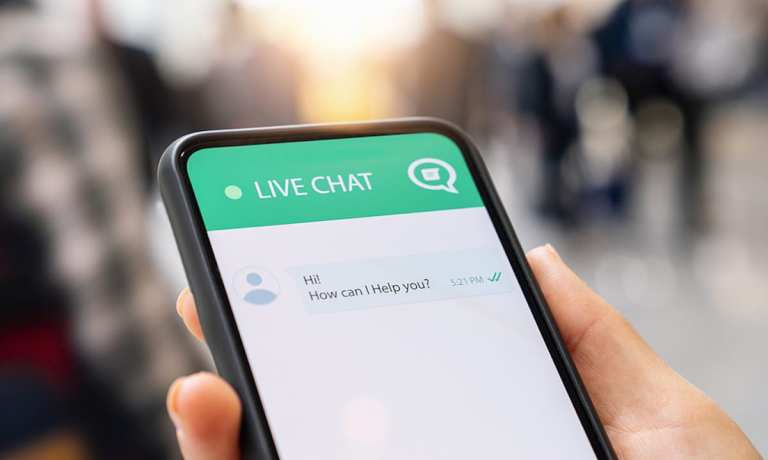Xiaoice, (pronounced “Shao-Ice”) a Chinese chatbot company once owned by Microsoft, became the most recent example of a highly profitable company working in the digital assistant space when it closed a Series A funding round this week that put its value at more than $1 billion. Xiaoice has 660 million users around the world.
Xiaoice also showed off its new natural speech technology, which company officials said enables its artificial intelligence (AI) voice to sound almost human. Xiaoice is modeled as a teenage girl with an “empathic computing framework” that focuses on longer conversations. Microsoft still holds a small stake in the company after spinning it off into a separate entity last year.
Chatbots In Healthcare
In healthcare, chatbots are used for diagnoses, mental health consultations and more, so it’s about much more than tracking missing packages, helping with a return or other more common retail-related issues.
WhatsApp last year teamed up with the World Health Organization on a chatbot through Facebook Messenger that answers questions about the COVID-19 pandemic.
Advertisement: Scroll to Continue
Chatbots in healthcare are especially important for their ability to offer anonymity, monitoring of the user’s activities, personalized advice and real-time interaction. Some healthcare chatbots can also schedule future appointments, collect patient data and handle insurance-related issues. The DigitalCX chatbot offered by CM answered about 90 percent of customer calls without a live agent and reduce live contact by 50 percent.
Healthcare chatbots can also help with mental health issues and request prescription refills. Overall, healthcare is among the top five industries that benefit from chatbots, and these digital assistants are expected to make up a market size of more than $1 billion.
And, although it’s probably impossible to find agreement on the best chatbot, regardless of the industry, there are some that certainly stand out in their functionality, user-friendliness and ability to help people get the answers they crave in the swift manner they need in our ConnectedEconomy.
Best Bots In The Business
These days, business chatbots must go beyond basic customer service functions and incorporate marketing, sales, HR, IT, facilities and supply chain functions. Whether building a chatbot using IBM Watson, Facebook Messenger, Slack, ClickFunnels or some other platform — or using an “off-the-shelf” solution — it’s important to have that sense of instant gratification for customers.
Whole Foods’ Facebook Messenger-based chatbot offers up recipes for users to consider using filters that allow people to focus on a particular type of food or cuisine. The use of emojis helps users find what they’re looking for more quickly, too. Next up for the Whole Foods chatbot: allowing users to find products and recipes related to specific dietary needs or desires.
Erica, the chatbot from Bank of America, uses advanced analytics and cognitive messaging to look at customers’ cash flow, balances, transaction history and bills. It’s only available on the mobile app today, but will soon be rolled out for online banking customers.
eBay rolled out ShopBot through Facebook Messenger in 2016, at first using it to remind bidders that auctions were ending in 15 minutes. ShopBot now understands what users are looking for based on their text messages and images, and users are said to be almost three times more likely to ask their AI assistant questions about specific items than search for them themselves.
For those looking to get away from it all, the Hipmunk platform shows them all sorts of deals on flights, hotels and rental cars in one convenient package. Its Hello chatbots help with searching and reservations through integrations with Facebook, Slack and Skype by sending them deals based on their location, and uses conversational language that mimics a human travel agent.
Duolingo built a chatbot that helps users learn conversational skills and practice what they’ve learned as they try to add a new language to their repertoire. The company also offers a handful of language tutor bots with different personalities to help users feel more confident about speaking out loud.
Amtrak customers are likely finding that their interactions with Julie, the company’s customer service chatbot, will answer many of the questions that would otherwise require a phone call or email to get answered. Amtrak says it saved $1 million by letting Julie field more than five million simple questions in a year. She even helped with automated bookings, increasing revenue by 30 percent.
Read More On Artificial Intelligence:




